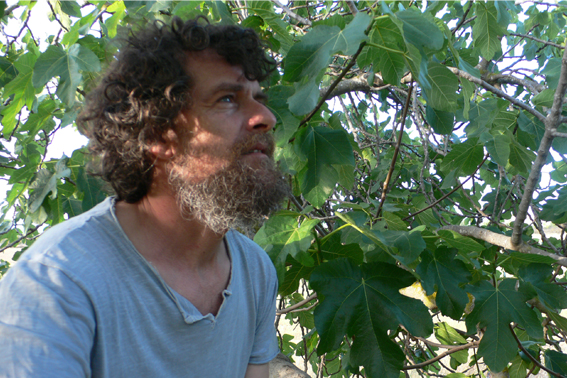When I discovered Fukuoka’s book Seeds in the desert I understood that I had to unlearn everything I knew to date about the land and its management. I come from a family of peasants and I started in traditional agriculture, then I worked as a gardener in houses of great pretensions where the most important thing was to have flowers and green grass in summer even if it was 40 degrees and it had not rained for two months.
The life that exists in the subsoil and how it manifests itself on the surface is what occupies my interest now. Man tends to simplify things. When we see a forest we only see the trees, but a forest is much more than that. Under the layer of earth there is a whole world: viruses, bacteria, fungi … A world that maintains a symbiotic relationship with the forest and thanks to which it survives.
The fungi that inhabit the surface of the earth communicate all the trees with each other, allowing the roots to access water and nutrients, even in times of drought, as in a kind of network invisible to our eyes but vital for the subsistence of the forest.
Traditional agriculture attacks this entire ecosystem invisible to the eyes. The land where Sa Llavor has projected the Forest is little more than a barren land, overgrazed by sheep and in which the plows have destroyed all this microbiological wealth. I was interested in being part of this project to be able to apply all the years of reading and training in regenerative agriculture and try to make life return to this almost desert piece of land.
The field today is an industry, the plants survive because they are artificially fed with manures and fertilizers. Fukuoka had several apprentices under him. He fed them a bowl of rice and told them to go out and find the herbs to complete the dish. Actually everything is out there, what we have to do is train our eyesight and change the perspective with which we interpret nature.


